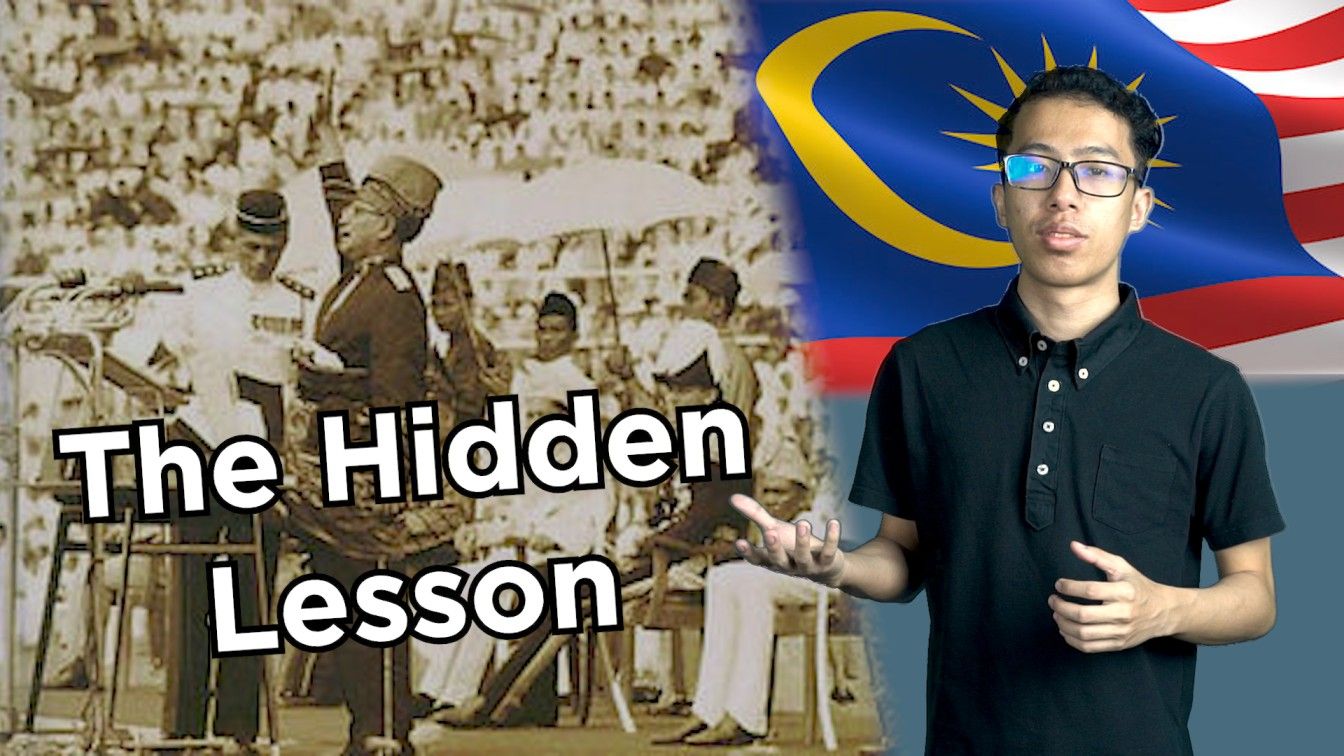What's Your Leadership Gap?

Leaders often have far more power and impact than they realise.
A recent conversation was a stark reminder of this fact. A friend mentioned an interaction with their direct report and shared their surprise at the team member’s reluctance to challenge their thinking. Now you may be thinking, ‘Really? It was a surprise that they weren’t speaking up’.
The disconnect is the gap between how we see ourselves and how others see us. For example, as a leader, you may see yourself as friendly, approachable and relatable. And yes, you may be that to some of your team members and colleagues, but perhaps not all. People relate to you differently and therefore have different relational expectations and experiences.
As well, while you may recognise there are many times when you have doubt and uncertainty about how to get something done, from the outside, all anyone sees when they look at you is confidence and certainty.
The gap between the inner and outer you is real. It becomes even more pronounced when so much of how you are seen is based on perception and the other person’s interpretation of your motives and behaviours.
This perceptual analysis makes it all the more necessary to elevate self-awareness and to be willing to open your eyes to how other people experience you as a leader.
Related: 5 Steps to Build Greater Self-Awareness
What are you role modelling?
The connection between a leader’s behaviour and that of their direct reports is well established, such that leader role modelling of unethical behaviour can lead followers to be unethical; likewise, there is a positive impact from a leader’s role modelling of ethical conduct.
Research has demonstrated a causal effect whereby followers tend to emulate the leadership behaviour they experience from their leaders. One of the best predictors of poor behaviour in team members is aversive leadership from their leader.
Related:
- The Art Of Positive Role Modelling
- The Power Of Role Models: Making Sense Of Personalities
- Why Do Need Role Models in Life?
In a joint study, conducted by Vanderbilt University, Cornell University and the University of Illinois, of 1527 full-time employees at 94 hotels across the United States and Canada, researchers found a positive correlation between middle managers’ satisfaction with their senior managers and the line employees’ satisfaction with their middle managers. It’s a trickle-down effect. When leaders mistreat their direct reports, this dysfunction cascades through the organisation, impacting behaviour and outcomes.
Leaders affect an employee’s emotional state either positively or negatively. In turn, this impact influences the nature of their thinking, how and what they remember, their learning and decision making.
Drop the stereotype
While self-awareness matters, so too is a willingness and readiness to drop those unhelpful expectations about what it means to lead. Leaders often say to me that they’ve been told they have to:
- Be certain – they can have no doubt, or at least not show it
- Act as though they have all the answers
- Be in control of what’s going on
- Keep their emotions and feelings in check
- Remain emotionally distant and not build friendships with their team
Related: Breaking Stereotypes
The corresponding stereotype is a strong leader, likely an extrovert who is charismatic. The stereotypical macho, all-powerful, all-knowing leader just doesn’t cut it in today's working world.
The world and workplaces need self-aware, emotionally connected leaders and are willing to throw away any unhelpful and outdated leadership orthodoxies.
Achieving this isn’t easy. What helps is regularly checking the rulebook you are following to make sure it is fit for your purpose. And when it’s not, to be willing to learn and adapt.
As Wharton University’s Adam Grant said:
“When assholes win, it’s because we let them get away with it. We let it happen when we build cultures that only prize individual achievements. We promote people who produce short-term results, ignoring the long-term damage they do. We keep people around who treat others like dirt because they’re ‘indispensable’ when that’s usually a myth of their own creation”.
Republished with courtesy from michellegibbings.com
Need more leadership tips and insights? Check out this new learning app, Necole in this video below.
**SPECIAL OFFER - Use this code LEARNWITHUS and get a 5% discount on your subscription to Necole. To find out more about Necole or to subscribe, click here. This offer is valid only up to 31st December 2021.
Leadership
Tags: Executing Leadership, Role Models, Self-regulation, Self-Awareness
Michelle Gibbings is a workplace expert and the award-winning author of three books. Her latest book is 'Bad Boss: What to do if you work for one, manage one or are one'. www.michellegibbings.com.





